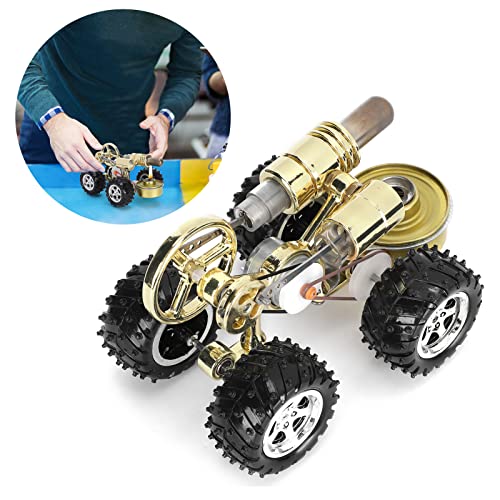eddieblade21
Member
Hi All, i was hoping someone can assist and maybe someone already performed this modification and have some recommendations. I currently build golf clubs and was using a HF 1x30 belt sander, as it runs at 3400 RPM to turn down golf ferrules. I wanted to convert the belt sander into a variable speed belt sander, I like to have an adjustable belt sander that ranges from a RPM of 100 - 3500.
My issue is with so so many motors, i just do not know one to choose. I also do not want to spend more than $100 for a motor, Power transformer and speed controller. I've seen other use sewer machine motors, treadmill motors, Electric scooter again just don't know which combo to use.
And I want to apologize if this was discussed already
Can someone please help me decide on the following
1. DC brush motor 12V or 36V or 48V and recommended watts
2. Power from 110V to 12V/36V/48V
3. DC Motor Speed Controller Switch
Thank you so much in advance
Eddie
My issue is with so so many motors, i just do not know one to choose. I also do not want to spend more than $100 for a motor, Power transformer and speed controller. I've seen other use sewer machine motors, treadmill motors, Electric scooter again just don't know which combo to use.
And I want to apologize if this was discussed already
Can someone please help me decide on the following
1. DC brush motor 12V or 36V or 48V and recommended watts
2. Power from 110V to 12V/36V/48V
3. DC Motor Speed Controller Switch
Thank you so much in advance
Eddie
Last edited:














![DreamPlan Home Design and Landscaping Software Free for Windows [PC Download]](https://m.media-amazon.com/images/I/51kvZH2dVLL._SL500_.jpg)




















![MeshMagic 3D Free 3D Modeling Software [Download]](https://m.media-amazon.com/images/I/B1U+p8ewjGS._SL500_.png)

































